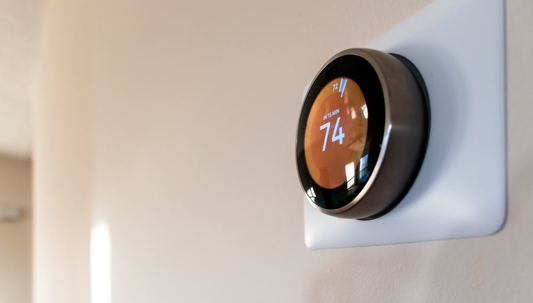The Impact of Regular Maintenance on System Longevity
Consistent maintenance is the linchpin of longevity for commercial HVAC systems. Much like a well-oiled machine, an HVAC system that receives regular inspections and tune-ups is less likely to succumb to the stresses of continuous operation. Neglect can lead to a cascade of issues, from minor inefficiencies to major breakdowns.
By implementing a routine maintenance schedule, facility and property managers can ensure that their systems run more smoothly and extend their operational lifespan significantly. This proactive approach to maintenance prevents the premature need for costly replacements and keeps the system running efficiently for years to come.
Keep reading for some tips about maintaining your commercial heating and cooling system.
#1: Calibrating Thermostats and Controls
The heart of HVAC efficiency lies in the precise calibration of thermostats and control systems. Proper calibration ensures that the HVAC system responds accurately to the actual conditions within the commercial space, avoiding unnecessary heating or cooling cycles. This not only optimizes comfort levels for occupants but also prevents energy waste.
Our commercial HVAC team at Valley Heating, Cooling, Electrical and Solar will check the thermostat and control operation during your maintenance visits. However, facility managers should regularly check and adjust these controls between visits to reflect changes in building use patterns and seasonal temperature shifts.
#2: Airflow Optimization Techniques
Optimal airflow is critical for the effective performance of any HVAC system. Ensuring air is evenly distributed and without obstruction can greatly enhance system efficiency and occupant comfort. Regular ductwork inspection and cleaning are vital to prevent blockages that can strain the system and reduce airflow.
The team at Valley can help you set up an appropriate routine for your professional air duct maintenance and cleaning. Facility managers should also consider the furniture and equipment layout to ensure that vents are not obstructed, allowing for free air circulation throughout the commercial space.
#3: Establishing a Seasonal HVAC Maintenance Routine
Preventative maintenance is best approached with a seasonal mindset, addressing the unique demands placed on HVAC systems at different times of the year. Scheduling HVAC maintenance for your building twice a year, once in the spring and once in the fall, ensures that all components of the system are inspected, cleaned, and repaired in preparation for the demands of winter and summer, respectively.
#4: Identifying Common Wear and Tear Issues
Wear and tear on HVAC systems are inevitable, but early identification and resolution of common issues can prevent them from escalating into costly repairs. Components such as belts, bearings, and electrical connections are prone to degradation over time and should be regularly inspected for signs of wear.
Signs that your commercial HVAC system may be suffering from wear and tear include:
- Unusual noises
- Spike in energy bills
- Inconsistent temperatures
- Humidity issues
- Bad indoor air quality
- Unpleasant odors
Recognizing the symptoms of these issues allows for timely interventions.
Turn to Valley for Trusted Commercial HVAC Inspections and Services
At Valley, we understand the importance of maintaining your commercial HVAC systems. Contact us today to schedule a consultation and learn more about our comprehensive maintenance services. Let us help you keep your commercial space comfortable, efficient, and reliable all year round.

